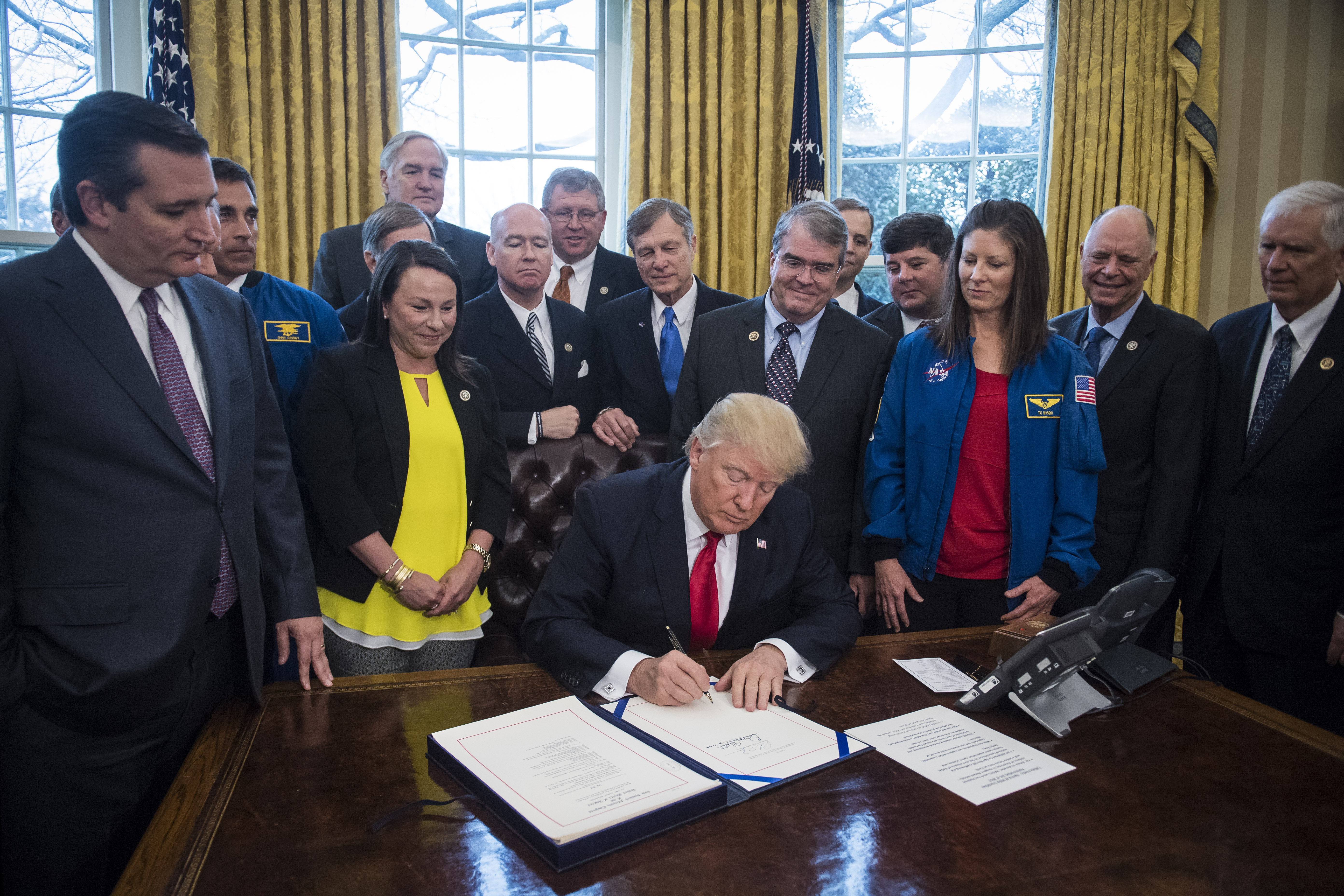Fighting for open access: Why academic publishers are making a killing

Photo credit: Freddie Collins via Unsplash
- Academic publishing is a $25.2 billion-a-year business, and profit margins reach 35-40 percent.
- There is a growing movement against the academic publishers’ exploitation of the scientific community.
- Aside from acting as arbiters of quality, academic publishers don’t really contribute anything to the science.
How would you characterize scientists as a whole? Greedy, self-serving, elitist people who got into the game in order to tack a couple zeroes on their paychecks, right?
Unless you have a personal vendetta against scientists, you probably don’t think that. If anything, most scientists are the opposite. Science is hard, and you typically don’t become a scientist unless you have a passion for research, discovering new things about the world, and seeing that research implemented in a way that improves society.
There is, however, a lot of money to be made in academic publishing. Academic publishing is a $25.2 billion-a-year business, and profit margins reach 35–40 percent. For comparison, Walmart’s profit margin is 3%. Unfortunately, that money comes at the expense of scientific progress.
Why academic publishers make so much money
Publishers act as gatekeepers to research, ostensibly to ensure that only high-quality articles become part of the scientific record. This is necessary — bad science shouldn’t be widely disseminated. The problem is that academic publishers don’t make their money by preventing bad science from being published. Instead, their paychecks come from preventing people from accessing good science.
As part of the growing movement against the academic publishers’ exploitation of the scientific community, researchers and filmmakers have teamed up to create Paywall, a documentary exposing these unfair practices, their history, and how to make research open access. You can watch it yourself below or read on for some highlights.
The cost for a university library to subscribe to a publisher’s catalogue can run higher than $2 million, and if you’re not affiliated with a large institution that can afford a bill like that, you’re out of luck. Researchers need to review hundreds of articles per year, often in different individual journals. Even if a researcher doesn’t subscribe to a publisher’s entire catalogue, subscribing to individual journals can quickly rack up many thousands of dollars in subscription fees.
You might think this problem only affects scientists. However, most of the costs associated with this issue are placed on the shoulders of taxpayers. Forty-four percent of scientific funding is public, and a portion of these funds must go to academic publishers in order for researchers to access the articles they need to conduct their work. Even if you’re a researcher working for a university, the money needed to pay for academic subscriptions comes from tuition fees or government subsidies.
What’s worse, there’s a hidden cost associated with paying subscription fees. If these were more reasonably priced or even free, who’s to say how many more researchers would be working to the betterment of society? We also pay in the scientific progress lost due to the closed access publishing model.
Since academic journals are the only way for scientists to get their research read, they give their research to journals for free. Sometimes they even pay a fee! Publishers then charge astronomical fees for the products they received for free, which is how they can obtain profit margins that even exceed those of tech giants like Apple and Amazon.
Aside from acting as arbiters of quality, academic publishers don’t really contribute anything to the science. They actively work against the dissemination of research to the public, and they’re rewarded handsomely for doing so. None of these rewards go back to the researcher. In fact, if you contact the author of a paper, they will most likely give you their research for free and be happy to do so.
An alternative to academic publishers

In the digital age, this status quo seems entirely untenable. Anyone who’s needed to access academic research but can’t pay out the nose to do so is probably familiar with Sci-Hub, essentially the Pirate Bay for researchers. One major issue is that researchers in foreign countries often can’t afford to pay for subscriptions fees, which are exorbitant even by U.S. standards. This prompted Alexandra Elbakyan, a researcher from Kazakhstan, to create Sci-Hub, where researchers and students could donate articles to be freely disseminated on the web. Currently, Sci-Hub offers 64 million academic papers for free.





